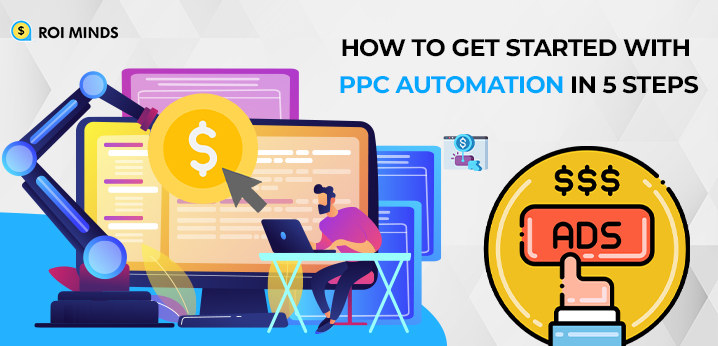As advertisers are pushing more from the traditional advertising channels, users have started neglecting the usage of these channels. Most of the key players in the traditional advertising market have started paying attention to non-disruptive advertising campaigns.
In 2020, US Native display ad spend will grow at 20.2% to $52.75 billion, according to the eMarketer report.
Humans remember 30% of what they see, it is worthy to understand how to drive related clicks from the campaigns. This is the best part of native advertising. This is challenging, but this works and works very well.
Here we are going to share trends to watch out for in 2020 if you are planning to succeed with native advertising.
1. Be specific with Channels and Devices
By the end of this year, Native Advertising will cover ⅔ budget of traditional display advertising.
There are plenty of things you can do today with Native ads yet improvements need to be done. Native advertising will be more programmatic and mobile-focused.
Native advertising has already started winning the display budgets. If you are still burning your campaign budget in banner advertising lookout for native ads as an alternative.
2. Are you writing Informative or Disruptive?
According to the CMI report, 70% of the online shoppers say they first want to learn about the product rather than moving ahead with the display banners. This gives Native advertisers a space to be creative and create content that feels more informative rather than being disruptive.
3. It’s time to Test & Optimize Video Ads
Native Channels has not opened doors for Video ads for all the advertisers but this year is going to be more worthy with videos. According to a survey of Business Insider
Native Video ad spend will rise by an annual growth rate of 21.9%. So its worth to leave space for Native video testing and optimization throughout this year.
4. Start Playing With Colors
Are you familiar with ad fatigue? If no then you need to understand human psychology a bit more we don’t like to see repeated things over and over. As a result, your best performing ads start burning money some times. So what can you do in that case? Do you need to need to change the ad creatives completely, No you don’t need to change fully creatives? However, you can run over tests with new creatives. But for the good performing ads, a change in border or color can do the job for you.
According to Taboola, Black & White ads drives 47% more CTR over the colorful ad. Isn’t it amazing? Just a simple change in colors can be so impactful.
5. The game of re-targeting
Targeting is getting more and more specific from the last few years. People who have shown interest in your product your services but didn’t convert are having a higher chance of converting.
Retargeting ads receive 76% more clicks than regular display ads. This means retargeting ads are noticed 75% more than regular ads. So its time to create ads that visitor notice and notice effectively.
All, in the end, We can say what matters in the native advertising world is interactive content. Stay tuned with us for more insights and updates about the native advertising world.



